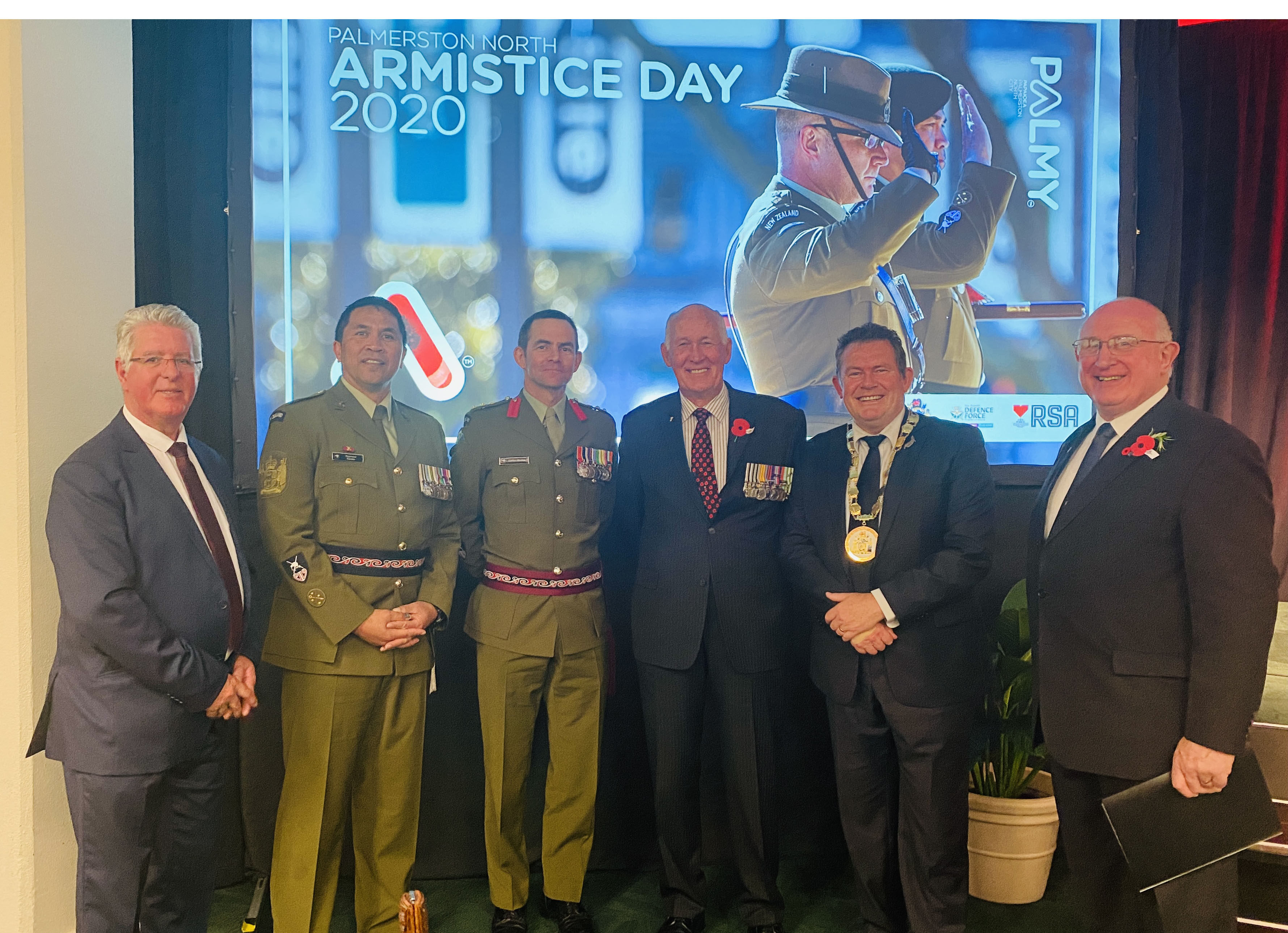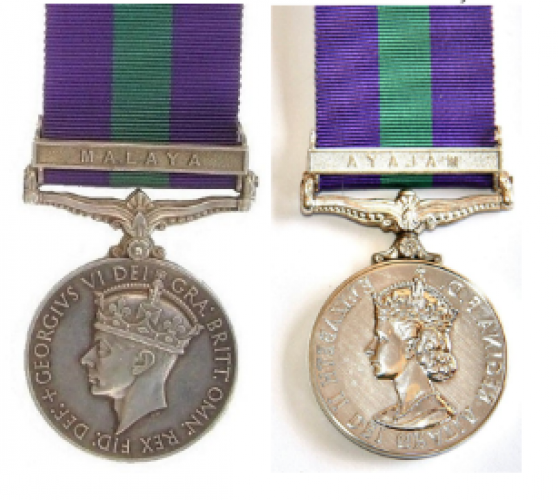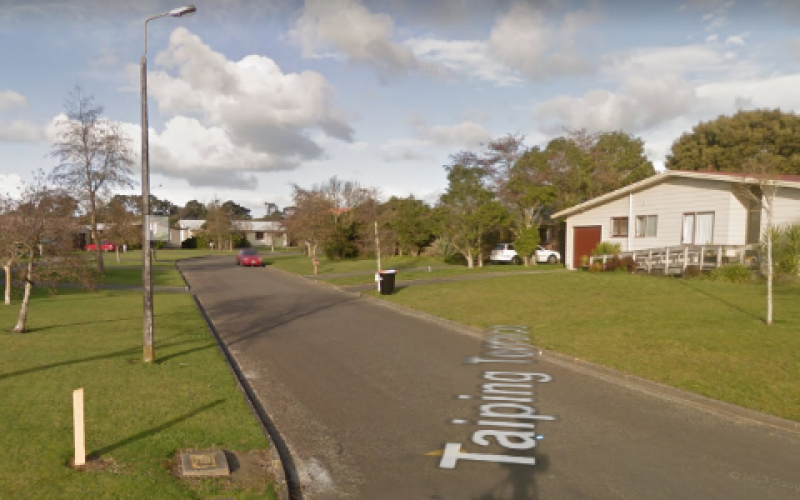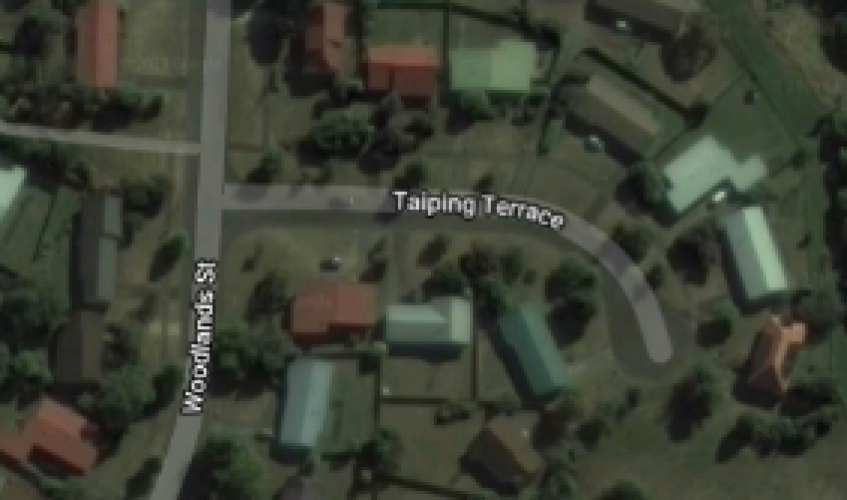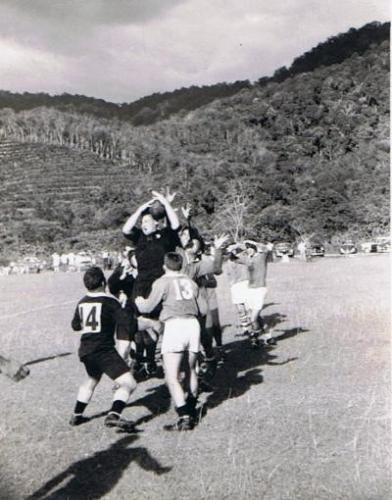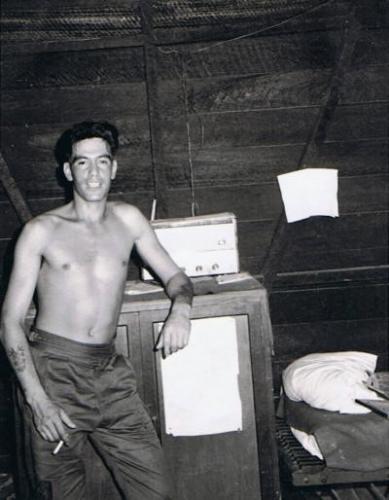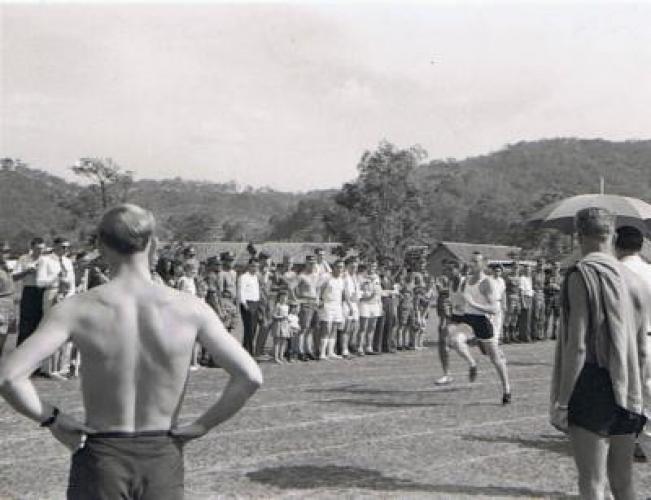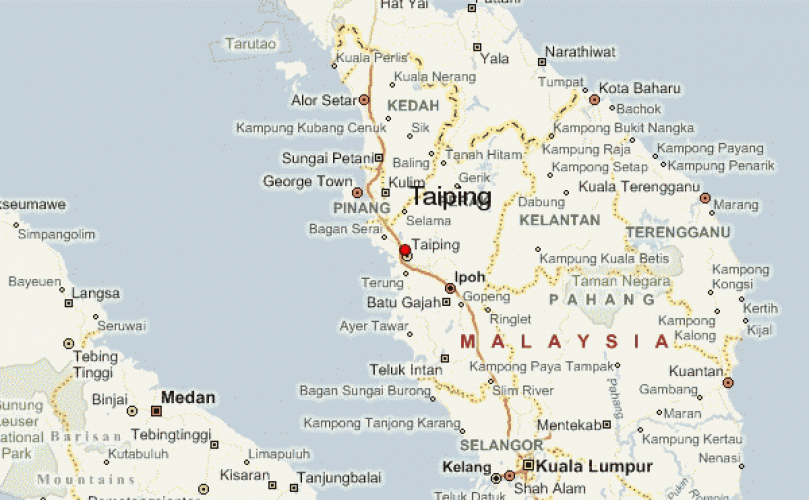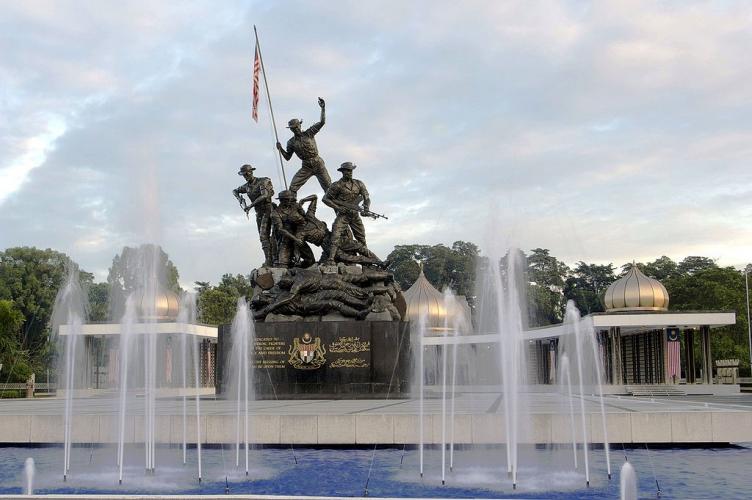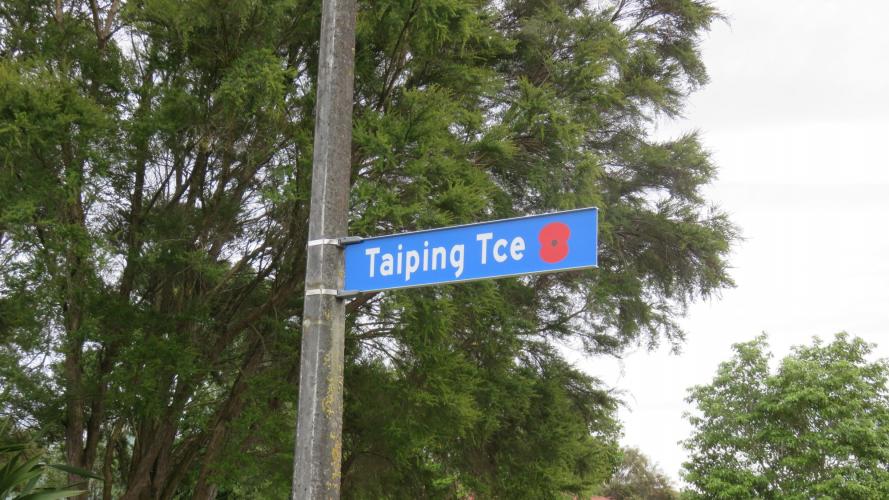278 Taiping Terrace Linton Military Camp Palmerston North, street scene 2019
Reason for the name
This street in Linton Camp is named as a tribute to New Zealand’s involvement in the Malayan Emergency. Taiping was a location in Malaya where the Battalion was based for a time. Most streets within NZDF Camps and Bases are named in honour of prominent people, battles, campaigns, ships, aircraft and places creating a rich history of our military service.
1RNZIR was raised in the mid-1950s by the government of the day to serve alongside British and Australasian troops during the Malayan emergency. The Regiment was posted on active service in 1957 alongside their commonwealth allies to fight a war against communist terrorists on the Malaysian peninsula.
On 9th January 1947 the New Zealand Permanent Force and the Territorial Force were amalgamated to form the New Zealand Army with The New Zealand Infantry Corps being established also on this date. Over this period, New Zealand's contribution to the Allied Occupation Force of Japan was J Force, which comprised the 9th New Zealand Infantry Brigade. This further comprised the Divisional Cavalry Regiment, the 22nd and 27th New Zealand Infantry Battalions, which on this date were re-designated as the 1st, 2nd, and 3rd Battalions, the New Zealand Regiment (1 NZ Regt, 2 NZ Regt and 3 NZ Ret respectively with the Div Cav Regt becoming the 1st Bn). In 1948 the 9th NZ Infantry Brigade was withdrawn from Japan and the three Battalions deactivated.
The height of the Malayan Emergency forced New Zealand to redirect its national defence strategy towards Southeast Asia, and in 1955 a New Zealand Special Air Service squadron was raised and trained for service in Malaya. In December 1957 the squadron was replaced by The First Battalion The New Zealand Regiment which was formed in Waiouru on 1 August 1957 through the simple expedient of reactivating 1 NZ Regt. After a period of build-up training and a parade through the streets of Wellington, the battalion boarded the SS Captain Cook and sailed for Singapore on 28 November 1957. The battalion formed part of the 28th Commonwealth Infantry Brigade Group in the Ipoh Taiping area of Northern Malaya and commenced anti-terrorist operations in the jungles of Perak State.
Author: The Poppy Places Trust
The Malayan Emergency was declared by the British government on 18 June 1948 after guerrillas of the Malayan Races Liberation Army, the militant arm of the Malayan Communist Party killed three British rubber planters. New Zealand's first contribution came in 1949, when C-47 Dakotas of RNZAF No. 41 Squadron were attached to the Royal Air Force's Far East Air Force. The Dakotas were used to drop supplies to British and Malay forces engaging the MRLA, and one aircraft was stationed permanently in Kuala Lumpur to carry out this role, away from No. 41 Squadron's usual station in Hong Kong. By the time the New Zealand planes were withdrawn in December 1951, they had carried out 211 sorties, dropping 284,000 kilograms of supplies. From 1949 there were also several New Zealand Army officers serving on secondment to British units in Malaya. A further ten officers, along with fourteen non-commissioned officers arrived in January 1951 leading the 1st Battalion of the Fiji Infantry Regiment. Commanded initially by Lieutenant-Colonel R. A. Tinker the unit gained a high reputation for effectiveness in operations against the guerrillas. By the time it was withdrawn in 1956 about forty New Zealanders had served with it, and two had been accidentally killed. In 1954 a Royal New Zealand Navy frigate, HMNZS Pukaki, carried out a bombardment of a suspected guerrilla camp, while operating with the Royal Navy's Far East Fleet – the first of a number of bombardments by RNZN ships over the next five years.
New Zealand became more directly involved in the Emergency in 1955, following its decision to contribute forces to the British Commonwealth Far East Strategic Reserve, the primary role of which was to deter communist aggression in South-East Asia, and to provide a capacity for the immediate implementation of defence plans in the event that deterrence failed. As a secondary role, the forces committed to the Reserve were permitted to take part in actions against the guerrillas. The initial New Zealand contribution to this Reserve was a Special Air Service squadron which, commanded by Major Frank Rennie, served with the British Special Air Service's 22nd Regiment. It numbered six officers and 127 men. Their operations consisted of seeking out the guerrillas in their jungle sanctuary. From April 1956 this squadron was deployed to the Fort Brooke area, bordering the states of Perak and Kelantan, and during 1957 it operated in Negri Sembilan, between the towns of Seremban, Kuala Pilah, and Tampin. In both locations the squadron was involved in successful operations eliminating the local MRLA groups. In all, this squadron spent two years on service in Malaya, and the soldiers spent an average of 17 months on jungle operations.
On 1 May 1955, the Royal New Zealand Air Force carried out its first operational strike mission since the Second World War and its first with jet aircraft, de Havilland Vampires of No. 14 Squadron. Between April 1955 and March 1958 the squadron was re-equipped with de Havilland Venoms and mounted 115 strike missions, which fell into two categories – 'Firedogs' (pre-planned bombing, strafing, and rocket attacks against suspected guerrilla targets) and 'Smash Hits' (immediate on-call strikes against opportunity targets in response to a guerrilla raid or 'hot' information). The squadron was replaced in 1958 by No. 75 Squadron flying English Electric Canberras from its station in Tengah. The effectiveness of the air strikes against targets in the jungle was inevitably limited but they provided much valuable training experience to the New Zealand pilots. In July 1955 No. 41 Squadron returned to Malaya and resumed supply dropping operations in support of anti-guerrilla forces, this time using the highly effective Bristol Freighter aircraft.
From March 1958, the 1st Battalion of the New Zealand Regiment replaced the New Zealand SAS Squadron and as part of the 28th Commonwealth Infantry Brigade Group took part in operations designed to clear Perak of insurgents. It mounted a series of deep jungle patrols from Ipoh and Grik, in which it achieved great success. By the time the 2nd Battalion of the New Zealand Regiment arrived in late 1959, to replace the 1st Battalion, most of the Communist guerrillas had retreated across the border into southern Thailand and the Malayan government saw the security situation to be stable enough to declare the Emergency over on 31 July 1960. New Zealand soldiers would be periodically deployed to Border Security Areas as part of counter-insurgency measures over the next four years.
Of the 1,300 New Zealanders to serve in the Malayan Emergency between 1948 and 1964, fifteen lost their lives, including only three killed as a result of enemy action and the crew of a Bristol Freighter which flew into a mountain in 1956. For a New Zealand Army with little experience of jungle warfare, the Emergency marked a new departure and an important stage in the development of the New Zealand armed forces from a non-regular to a regular framework of organisation. Experience gained in Malaya helped the New Zealand armed forces when they returned to South-East Asia's jungles during the Indonesia–Malaysia confrontation and the Vietnam War.


